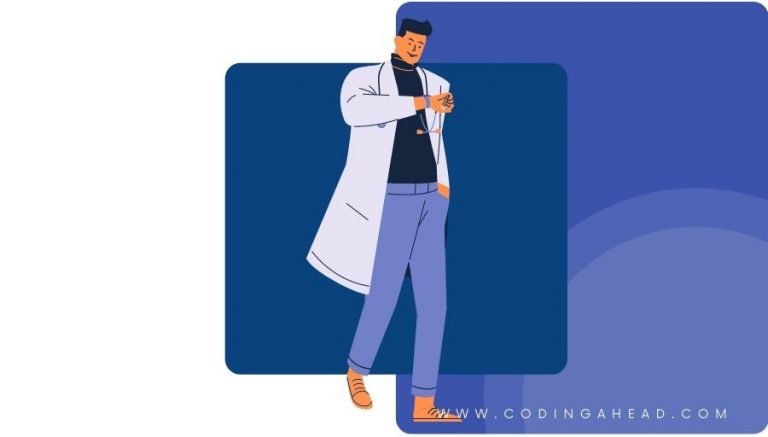How To Use CPT Code 64719
CPT 64719 describes a procedure known as neuroplasty and/or transposition of the ulnar nerve at the wrist. This article will provide an overview of the code, including its official description, the procedure itself, qualifying circumstances, appropriate usage, documentation requirements, billing guidelines, historical information, and examples of when CPT 64719 may be used.
1. What is CPT Code 64719?
CPT 64719 is used to describe a surgical procedure in which a healthcare provider relieves tension on the ulnar nerve at the wrist. This is done by making an incision and removing scar tissue or other sources of pressure that may be compressing the nerve. The ulnar nerve is responsible for innervating the skin and muscles of the middle of the arm, forearm, hand, as well as the little finger and ring finger.
2. Official Description
The official description of CPT code 64719 is: ‘Neuroplasty and/or transposition; ulnar nerve at wrist.’
3. Procedure
- The healthcare provider begins by preparing and anesthetizing the patient.
- An incision is made at the metacarpal joints in the patient’s wrist, specifically at the location of the compressed ulnar nerve.
- The provider then locates the compressed nerve and performs external neurolysis, which involves removing surrounding scar tissue and soft tissues without entering the nerve.
- If there is compression of the ulnar nerve at the lower wrist at the ulnar canal, a nerve transposition may be performed. This involves moving the ulnar nerve to a position where it is not irritated or pinched.
- Once the nerve has been freed and any necessary repairs have been made, the incision is closed in layers.
4. Qualifying circumstances
CPT 64719 is typically performed on patients who are experiencing compression of the ulnar nerve at the wrist. This may be due to scar tissue, soft tissue, bone spurs, or damaged muscles. The procedure is intended to relieve tension on the nerve and alleviate symptoms such as pain, numbness, or weakness in the affected areas.
5. When to use CPT code 64719
CPT code 64719 should be used when a healthcare provider performs neuroplasty and/or transposition of the ulnar nerve at the wrist. It is important to note that this code specifically applies to the ulnar nerve at the wrist and should not be used for procedures involving other nerves or locations.
6. Documentation requirements
In order to support a claim for CPT 64719, the healthcare provider must document the following information:
- Patient’s diagnosis and the need for the procedure
- Details of the procedure performed, including whether it involved neuroplasty, transposition, or both
- Location of the incision and any specific findings during the procedure
- Any repairs or modifications made to the ulnar nerve
- Details of the closure of the incision
- Signature of the healthcare provider performing the procedure
7. Billing guidelines
When billing for CPT 64719, it is important to ensure that the procedure performed matches the description of the code. The healthcare provider should also ensure that the documentation supports the medical necessity of the procedure. It is also important to follow any specific billing guidelines provided by the payer or insurance company.
8. Historical information
CPT 64719 was added to the Current Procedural Terminology system on January 1, 1990. There have been no updates or changes to the code since its addition.
9. Examples
- A patient presents with symptoms of ulnar nerve compression at the wrist, including pain and numbness in the little finger and ring finger. The healthcare provider performs neuroplasty and transposition of the ulnar nerve at the wrist to relieve the compression and alleviate the symptoms.
- Another patient has been experiencing weakness and tingling in the forearm and hand. After a thorough evaluation, the healthcare provider determines that the ulnar nerve is compressed at the wrist. They perform neuroplasty to release the nerve and improve the patient’s symptoms.
- A third patient has a history of ulnar nerve compression and has not found relief from conservative treatments. The healthcare provider decides to perform transposition of the ulnar nerve at the wrist, moving it to a position where it is not irritated or pinched.
- In a fourth case, a patient has both ulnar nerve compression at the wrist and median nerve compression at the carpal tunnel. The healthcare provider performs neuroplasty and transposition of both nerves to address the compression and improve the patient’s symptoms.
- Finally, a patient presents with symptoms of ulnar nerve compression at the wrist, including pain and weakness in the hand. The healthcare provider performs neuroplasty of the ulnar nerve, removing scar tissue and other sources of pressure to relieve the compression and alleviate the symptoms.


